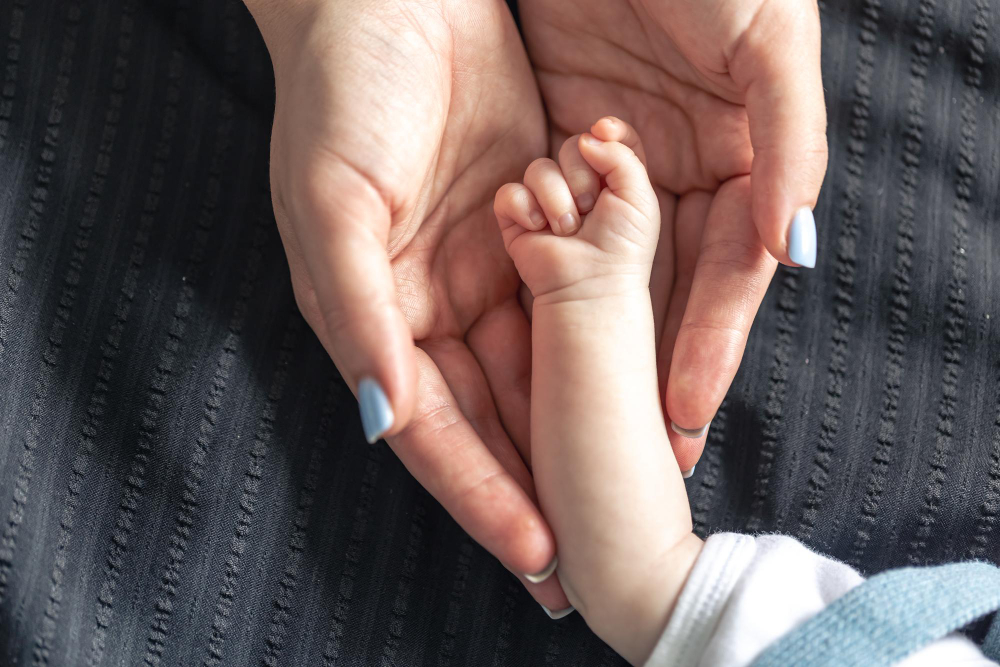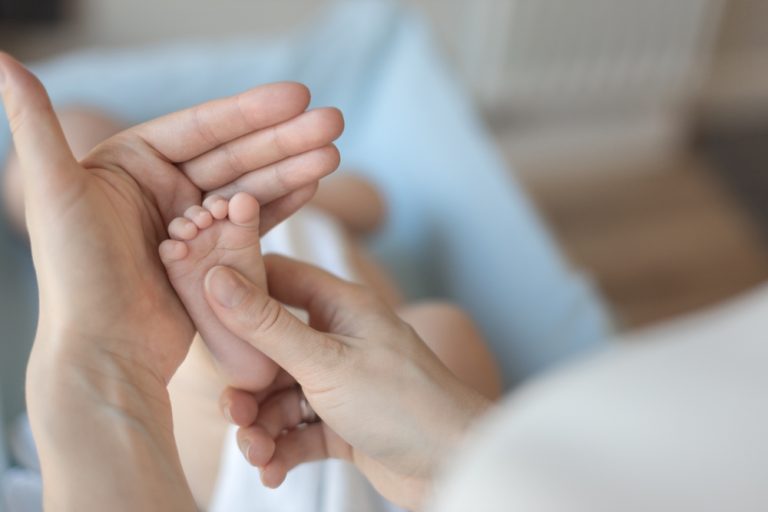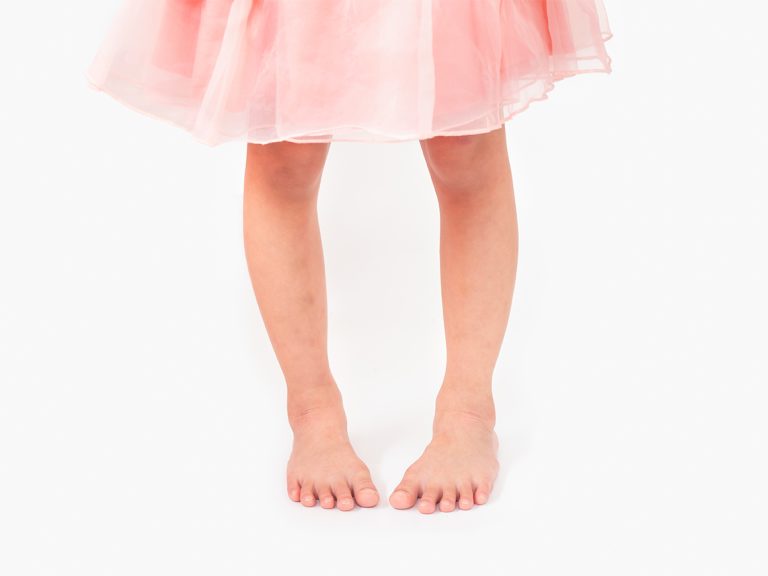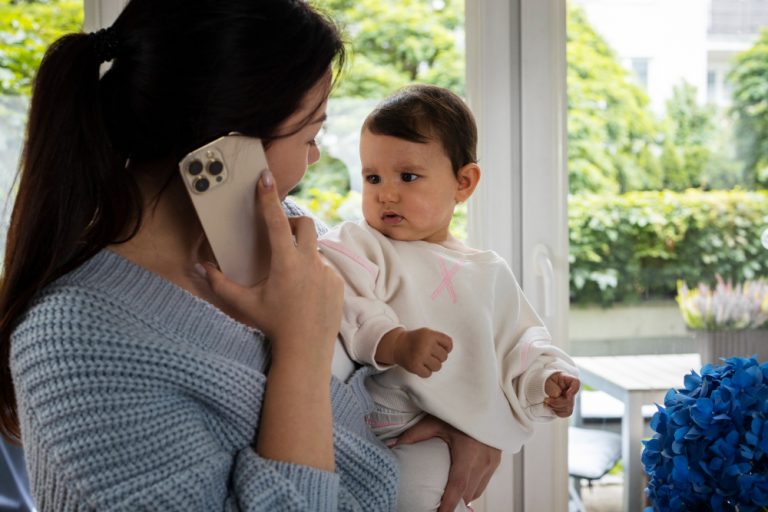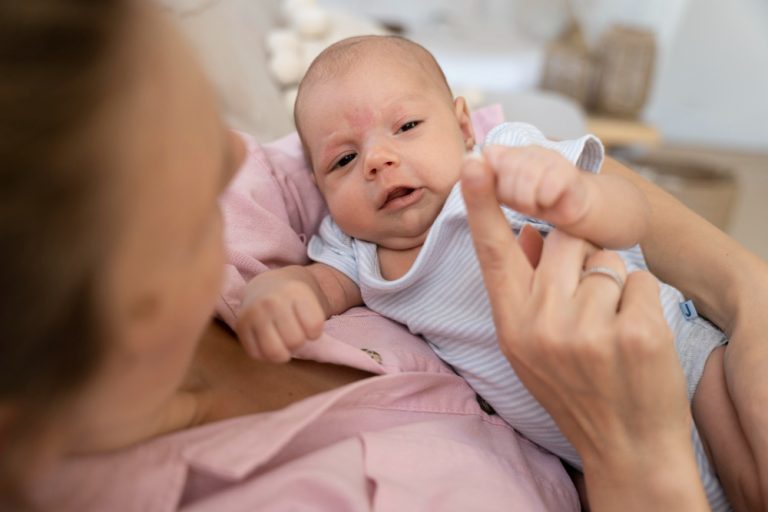When Does A Baby Get Fingerprints? Baby Development Trivia
Have you ever wondered when does a baby get fingerprints? Or how these unique patterns are formed? The development of fingerprints is a fascinating and complex process that starts in the early stages of a baby’s life. And while fingerprints are often used for identification purposes, they also serve as a testament to the intricate development that takes place in the womb.
In this article, “When Does A Baby Get Fingerprints? Baby Development Trivia” we’ll explore the factors that influence the development of fingerprints in babies, the formation process, and the role of technology in obtaining fingerprints. So, are you ready to dive into the world of baby development trivia and learn more about this remarkable aspect of human biology? Let’s explore together!
When Does A Baby Get Fingerprints?
According to experts, a baby develops fingerprints at around week 19 of pregnancy. However, these prints are not visible until the baby is born. The development of fingerprints is an important part of fetal development and is a result of the baby’s movements and interactions with their surroundings in the womb.
As the baby continues to grow and develop, their fingerprints become more defined and unique. This process is important for identification purposes and is one of the many fascinating aspects of a baby’s development in the womb. So while a baby technically has fingerprints from week 19 of pregnancy, they won’t be visible until after they are born.
Prenatal Development

Prenatal development is a fascinating process that begins as soon as a sperm fertilizes an egg. During this time, a baby’s fingerprints are already starting to form. In fact, by the 10th week of pregnancy, a baby’s unique fingerprints have already developed. This is due to the development of the epidermal ridges on the fingers and toes, which form between the 6th and 13th week of pregnancy.
These ridges are what give fingerprints their distinct patterns and allow forensic experts to identify individuals. So, to answer the question, a baby gets their fingerprints during the prenatal stage of development, long before they are born into the world. It’s just another amazing example of the intricate and complex process of creating a new life.
Genetic Factors: When Does A Baby Get Fingerprints?
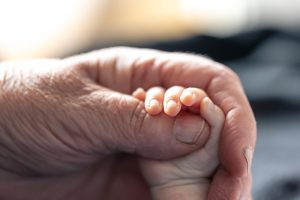
When it comes to the development of fingerprints, there are many factors at play. One of the major factors is genetics. It is believed that fingerprints are formed in the womb between the 10th and 24th week of pregnancy. During this time, genetic factors play a significant role in the formation of the unique patterns on a baby’s fingertips.
These patterns are determined by a combination of genes from both parents, making each person’s fingerprints completely unique. So, to answer the question of when does a baby get fingerprints, it can be said that it is a result of genetic factors and occurs during the early stages of pregnancy. However, the exact timing may vary slightly from baby to baby.
Overall, fingerprints are just one of the many amazing things that genetics are responsible for in the development of human beings.
Formation Process
The formation process of fingerprints in babies is a fascinating and complex one. While it may seem like babies are born with their unique fingerprints already in place, the truth is that they don’t fully develop until around the 10th week of pregnancy. This is because the ridges and patterns of the fingerprints are determined by the pressure and movement of the baby’s fingers against the walls of the uterus.
This process is further influenced by the nutrients and hormones present in the amniotic fluid surrounding the baby. By the time a baby is born, their fingerprints are fully formed and will remain the same throughout their entire life. This unique feature not only helps with identification but is also a testament to the intricate development that takes place in the womb.
So, while a baby may not have visible fingerprints at birth, they are already well on their way to having their own distinct set.
Time of Development: When Does A Baby Get Fingerprints?

Fingerprint development is a fascinating process that starts in the early stages of a baby’s life. At around 10 weeks, the skin on a baby’s fingers begins to form unique ridges and patterns that will eventually become their fingerprints.
By the time a baby is born, their fingerprints are fully formed and can be identified. This process is a result of the rapid growth and development of the baby’s skin during the first trimester of pregnancy.
Interestingly, fingerprints are not only unique to each individual, but they are also unique to each finger, even on the same hand. This is due to the different growth patterns and movements of the baby’s fingers in the womb. So to answer the question, a baby’s fingerprints are present and fully developed before they are even born.
Factors Affecting Development
The development of a baby’s fingerprints is influenced by various factors, including genetics, environment, and timing. While a baby may have fully formed fingerprints by the end of the first trimester, they may not be visible until much later, sometimes not until birth.
The formation of fingerprints is a complex process that involves the growth and differentiation of cells in the fingers, and any disruptions or abnormalities in this process can affect the development of fingerprints.
Additionally, environmental factors such as nutrition, exposure to toxins, and prenatal care can also play a role in the development of fingerprints. Ultimately, the exact timing of when a baby gets fingerprints can vary depending on these factors and may not be consistent for every baby.
Adoption of Technology

The adoption of technology in the medical field has greatly enhanced the process of obtaining fingerprints for newborn babies. In the past, it was not common for hospitals to take fingerprints of newborns, but with the advancement of technology, it has become a routine procedure.
Now, hospitals use digital scanners to capture and store the fingerprints of newborns. This not only helps with identification and security purposes, but it also creates a record of the baby’s fingerprints for future use. This technology has made it possible to obtain fingerprints of babies as soon as they are born, providing a more accurate and efficient way of identifying newborns.
Additionally, this technology has also made it easier for parents who are adopting babies to obtain their fingerprints for legal purposes. Overall, the adoption of technology has greatly improved the process of obtaining fingerprints for newborn babies.
FAQs: When Does A Baby Get Fingerprints?
Now you know all about when does a baby get fingerprints! It is truly a fascinating process that starts in the womb and continues to develop after birth. From the tiny ridges and swirls to the unique patterns that make each person’s fingerprints one-of-a-kind, it’s amazing to think about how these small details play a big role in identifying us.
Next time you look at your own fingerprints or your little one’s, remember that they are more than just a cool design – they are a part of what makes us who we are. And who knows, maybe your baby’s fingerprints will one day help solve a crime or unlock a secret. The possibilities are endless, and that’s what makes the mystery of fingerprints so intriguing.

